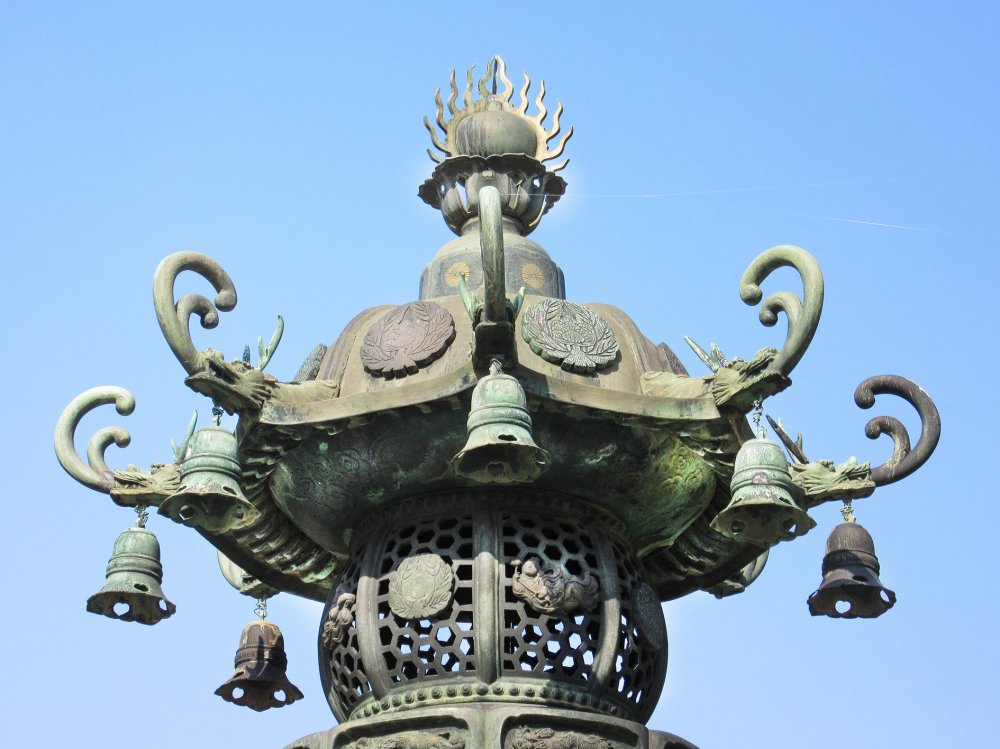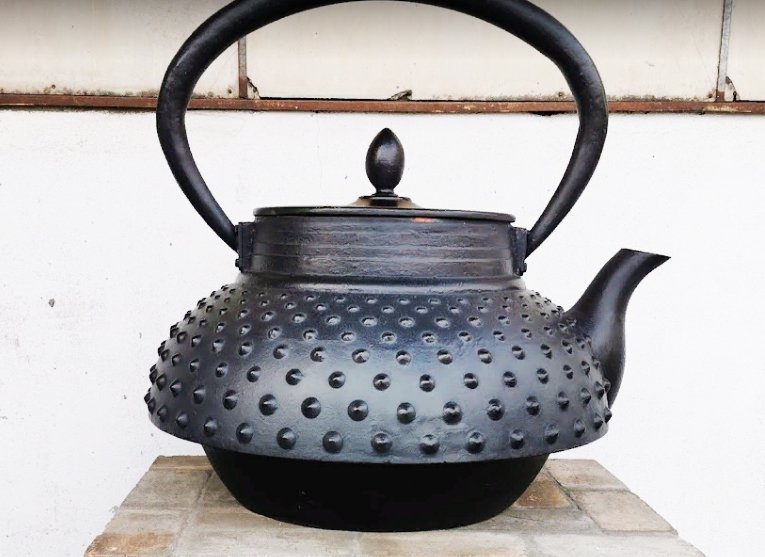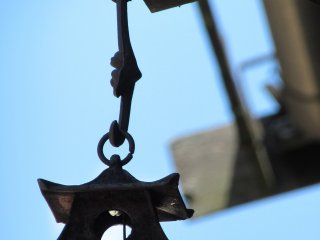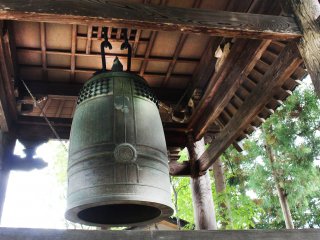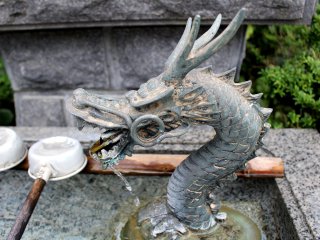Many connoisseurs of Japanese culture and, in particular, the tea ceremony, admire ceramic cups. However, cast metal kettles for boiling water can also be considered as works of art. For Japanese tastes, the simplicity and beauty of the material itself is often more appreciated, without unnecessary decorations.
There is a craft called Nambu tekki. In Iwate Prefecture, which in the past was called Nambu, cast-iron kettles, pots, pans, braziers, coasters, bells and other items are produced. In the town of Mizusawa, you can visit the OIGEN Factory shop, where they sell all these items. And in the city of Morioka, cast iron products are displayed and sold in the store KAMASADA.
In addition to metal work for the needs of the tea ceremony, since ancient times there has been the art of creating metal ornaments for Buddhist temples and objects for religious rituals. From metal items like temple decorations, hammered elements of mikoshi portable shrines, staffs, bells, altars, forged lanterns and so on were created
In past centuries, sets of writing items were made of metal including decorated rulers, stands for storing brushes, paperweights and so on.
Metal ‘kagami’ mirrors are an indispensable attribute of Shinto shrines, serving as a reminder of the ‘yata-nokagami’ mirror, with which, according to legend, the deities managed to lure the sun goddess Amaterasu out of her cave, where she had taken refuge, angry at the rudeness and violence of her brother Susanoo. The first among the Imperial Treasures - the sacred Mirror - has been communicating with the ‘unknown’ since ancient times. The second Imperial Treasure is a sacred Sword that saves life and sends death.
The katana, or Japanese sword, is a traditional weapon and one of the iconic symbols of Japan. To create a katana pieces of steel of a special grade are placed in an ash and clay solution for cleaning from slags. A softer metal is added to give a viscosity that protects against breakage. Then, during the hardening process, a hamon is formed – a wavy sharpening line.
The katana as a symbol of belonging to the samurai class was passed down from generation to generation - they were solemnly handed over at the age of fifteen. Since about the 15th century, Japan has exported tens of thousands of katana to China that "could chop off even a piece of jade." In 1877, by an Imperial edict, the wearing of katana by samurai was prohibited, so now samurai weapons are a work of art and an object of collecton. Every detail of the frame and the drawing of the blade are works of art, which you can get acquainted with at the Japanese Sword Museum of Tokyo.
One more thing, wherever you go in Japan you'll find uniquely designed metal manhole covers. Less culturally sophisticated than Imperial treasures and Buddhist decorations, these manholes are just as creative.

